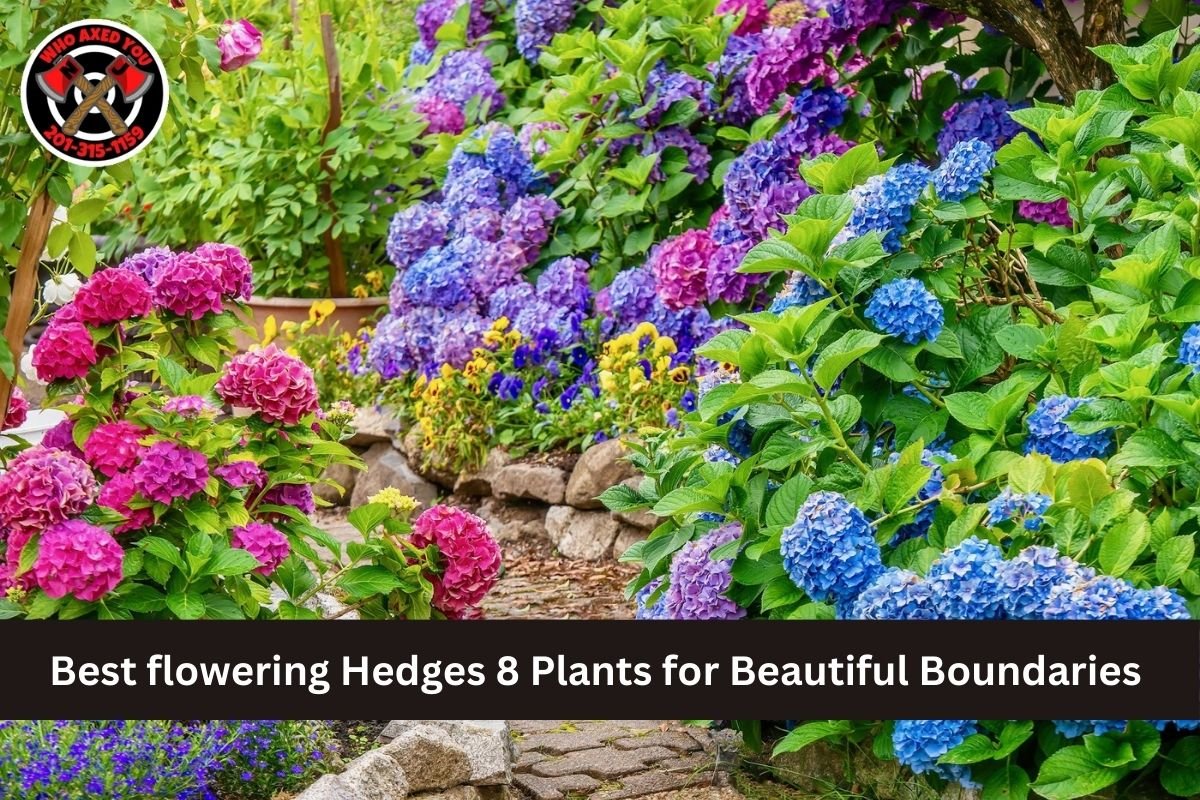Best flowering Hedges 8 Plants for Beautiful Boundaries :- One of the many alternatives that are available to you when it comes to the construction of borders that not only serve a practical purpose but also add to the aesthetic value of your environment is flowering hedges. Flowering hedges are a terrific alternative to take into consideration among the many possibilities that are available to you. There are many different options that should be taken into consideration, and flowering hedges are one of them.
Best flowering Hedges 8 Plants for Beautiful Boundaries
There is a good chance that they will enhance the overall appearance of your garden, in addition to providing beauty throughout the year, attracting pollinators, and providing beauty throughout the seasons with their presence being present. There are eight remarkable flowering hedge plants that have the capacity to revitalise your outdoor surroundings, and the following is a list of those plants. The following is the order in which these plants are being arranged:
Also Read :- 7 DIY face masks for healthy, gorgeous spring skin
Rose (Rosa spp.):
Rose (Rosa spp.): Roses are a traditional option for blooming hedges, and they are highly regarded for the fragrant blossoms and a wide range of colours that they produce. However, they reward with abundant blossoms throughout the growing season, despite the fact that they demand only moderate upkeep. Choose disease-resistant types like as ‘Knock Out’ that bloom continuously and are resistant to infestation.
Lilac (Syringa spp.):
Lilac (Syringa spp.): Lilacs are really lovely flowering hedges, and they are famous for the fragrant clusters of blooms that they produce in the spring. Both full light and soil that drains properly are ideal for them. There are varieties like as ‘Miss Kim’ that have a compact growth pattern and have stunning lavender flowers.
Forsythia (Forsythia spp.):
In the early spring, before the foliage appears, forsythias, which belong to the genus Forsythia, display vivid yellow blooms. Forsythias are early bloomers. They are able to thrive in full sun to moderate shade and are both resilient and simple to cultivate.
Hydrangea (Hydrangea spp.):
Depending on the pH of the soil, hydrangeas can produce huge, beautiful blooms that might be blue, pink, or white in colour. Hydrangeas are classified as family Hydrangea. In addition to being able to be cultivated as informal flowering hedges, they demand soil that is moist and well-drained. Some of the most popular options include the ‘Annabelle’ variety, which features big white flowers.
Weigela (Weigela spp.):
A splash of colour can be added to hedges by using weigelas, which are a species of the genus Weigela. Weigelas have trumpet-shaped flowers that can be bright pink, red, or white. They can tolerate a wide range of soil conditions and solar exposures, making them extremely adaptable.
Viburnum (Viburnum spp.):
(Viburnum spp.) Viburnums are characterised by the presence of fragrant clusters of white or pink flowers in the springtime, which are then followed by berries that are attractive to birds. They are able to flourish in a wide range of environments and offer year-round interest thanks to the beautiful colours that their foliage takes on in the autumn.
Mock Orange (Philadelphus spp.):
Mock Orange (Philadelphus spp.): Mock oranges are well-known for the intensely fragrant white flowers produced by their plants, which are reminiscent of orange blossoms. The fact that they love full sun to partial shade and soil that drains well makes them an excellent choice for floral hedges that are fragrant.
Crape Myrtle (Lagerstroemia spp.):
Myrtle Crape (Lagerstroemia spp.): Crape myrtles are highly sought for the vivid summer blooms that they produce, which can be a variety of colours including pink, red, purple, or white. As a result of their ability to flourish in warm areas and their low maintenance requirements once they have established themselves, they are appropriate for both formal and informal hedges.
